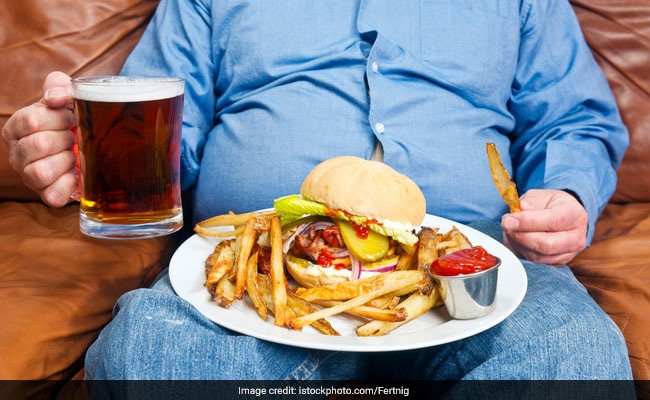
Had a sumptuous lunch? Think you just can't make room for dinner? That may not be the case. According to a latest study, satiety could be a cue to reach out for more food. The study takes up how we respond to our bodily signals such as hunger pangs. For the longest time food behaviours have been associated with the physiological response of the body towards the food, the recent study examined a deeper connection of our food behaviours with psychology. Scientists also explained why extreme diets fail to achieve their objective.
Normally, when we feel hunger, One takes it as a cue to reach for a snack, conversely, when we start to feel full, we take it as a sign that we should stop eating. The study, published in Psychological Science, a journal of the Association for Psychological Science states that there could be much more to the mechanism that what is perceived normally. Researchers believe the findings suggest that internal, physical states themselves can serve as contexts that cue specific learned behaviors. Mark E. Bouton of the University of Vermont, one of the authors on the study went on to say that this could be the reason why extreme diets are susceptible to fail- the inhibition of eating learned while dieters are hungry doesn't transfer well to a non-hungry state. This ill-equipped transfer may make dieters 'relapse' to eating, or perhaps overeating, when they feel full again.
For the study, the team conducted a behavioral conditioning study on 32 female Wistar rats. For 12 days each day, the rats who were already satiated, participated in a 30-minute conditioning session. The rats were placed in a box that contained a lever and conditioned to believe that they would receive tasty treats if they pressed that lever. Then, over the next four days, the rats were placed in the same box while they were hungry, and they discovered that pressing lever no longer produced treats.
Over twelve days, the rats were successfully conditioned to associate satiety with receiving tasty food and hunger with receiving no food. Now the question was what would the rats do if they were placed in the box again. The findings revealed they pressed the lever far more often if they were full than if they were hungry, relapsing back to seeking treats, despite being full. The rats who learned to respond for highly palatable foods while they were full and then inhibited their behavior while hungry, tended to relapse when they were fully satiated in the seek good food. This pattern emerged even when food was removed from the cage before both the learning and unlearning sessions, this indicated that the rats' internal physical states, and not the presence or absence of food, triggered this behavior of this.
The scientists said that these results points towards the fact that seeking food and not seeking food are behaviors that are specific to the context in which they are learned.
Our bodies may drive food seeking behavior according to physiological needs, this research indicates that food-related behaviors can become associated with internal physical cues of our bodies as well, which may as well be divorced from our physiological needs at times and hinge more on psychology.
The researchers said that like sights, sounds, smells, and similar sensations can also come to guide behavior, usually in adaptive and useful ways: We learn to eat when we feel hunger, and learn to drink when we feel thirst. However at the same time , internal stimuli such as hunger or satiety may also promote behaviors, where it is not so adaptive as per the physiological needs of the body.

